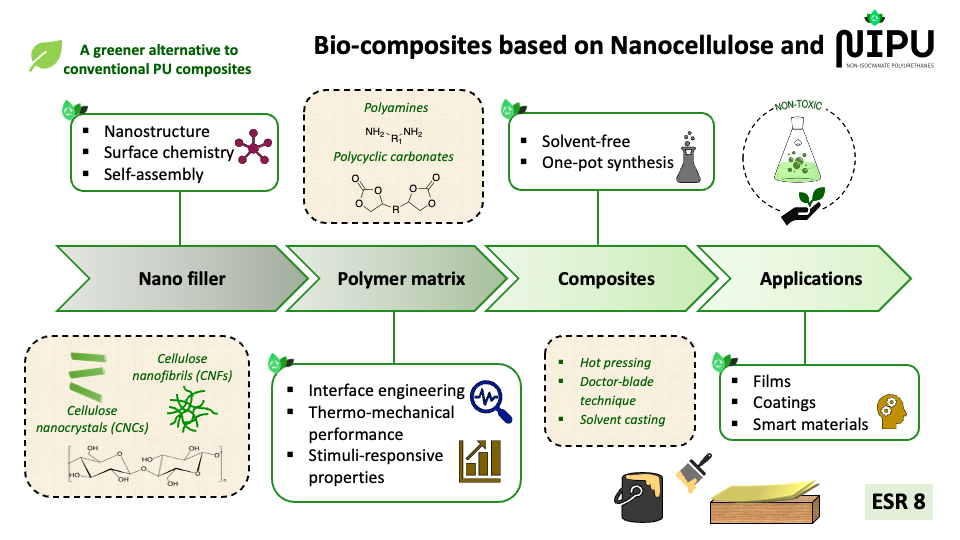Development of thermoplastic lignocellulose based materials
The aim of this project is to develop and increase the knowledge of thermoplastic materials from bleached pulp through minimal chemical modification.
Development of thermoplastic lignocellulose based materials Läs mer »


